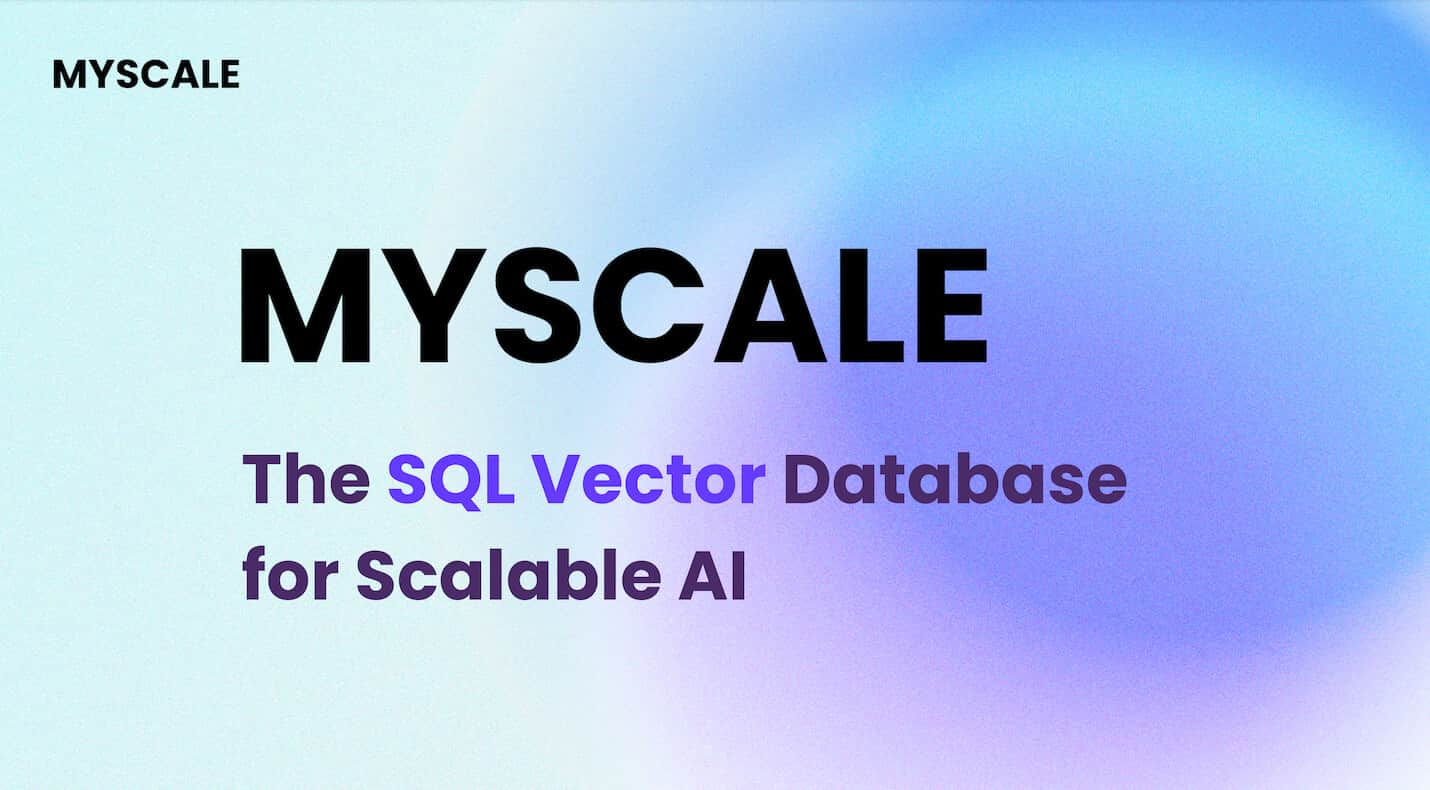
# Discovering the World of Faiss Embedding (opens new window)
# What is Faiss Embedding?
Faiss embedding, short for Facebook AI Similarity Search (opens new window), is a powerful library designed for efficient similarity search (opens new window) and clustering of dense vectors (opens new window). This innovative tool leverages the computational power of GPUs (opens new window) to accelerate similarity search operations, making it ideal for large-scale semantic search applications. The core concept behind Faiss embedding revolves around creating specialized data structures known as indexes, enabling quick identification of similar embeddings based on input vectors.
Why It Matters
The significance of Faiss embedding lies in its ability to drastically enhance search times to unparalleled performance levels. By supporting various indexing methods, including exact and approximate searches (opens new window), Faiss offers flexibility and efficiency crucial for modern data processing tasks. Its optimization for memory usage and speed (opens new window) makes it a go-to choice for developers seeking high-performance solutions in similarity search and clustering scenarios.
# My First Encounter with Faiss
My initial interaction with Faiss presented a significant challenge in handling large dataset similarity searches efficiently. However, as I delved deeper into the capabilities of Faiss, I discovered how this library came to my rescue by providing optimized algorithms tailored for rapid and accurate similarity searches.
# The Magic Behind Faiss Embedding
# How Faiss Embedding Works
Faiss embedding operates on the principle of optimizing similarity search processes through specialized indexing techniques. Facebook AI Similarity Search (Faiss) library is engineered to handle large-scale semantic searches efficiently by harnessing GPU acceleration. The core functionality revolves around creating tailored data structures called indexes, which expedite the identification of similar embeddings based on input vectors.
# The Science of Similarity Search
In the realm of similarity search, Faiss excels in providing highly optimized algorithms (opens new window) for rapid and accurate retrieval of nearest neighbors (opens new window) within vast vector spaces. By supporting both exact and approximate nearest neighbor searches, developers can fine-tune the trade-off between computational efficiency and search accuracy based on their specific requirements.
# Indexing and Searching: A Closer Look
The process involves constructing indexes (opens new window) that organize vectors in a manner conducive to swift similarity searches. These indexes facilitate efficient storage and retrieval mechanisms, enabling quick access to relevant embeddings during search operations. Faiss offers a diverse range of indexing methods tailored for different similarity search scenarios, ensuring versatility and performance optimization.
# Faiss Embedding in Action
Putting Faiss embedding into practice unveils its prowess in real-world applications across various domains. From image recognition tasks to natural language processing challenges, Faiss embedding showcases its ability to streamline similarity searches in high-dimensional data spaces efficiently.
# Real-World Examples
In image recognition projects, Faiss enables rapid identification of visually similar images by leveraging advanced indexing techniques. Similarly, in natural language processing applications, Faiss facilitates quick retrieval of semantically related text data points, enhancing the overall efficiency of information retrieval systems.
# My Personal Experience with Faiss
Having integrated Faiss embedding into my projects, I witnessed a significant boost in search performance and accuracy. The seamless integration of Faiss into existing workflows streamlined the similarity search process, underscoring its value as a cutting-edge tool for efficient clustering and retrieval tasks.
# Practical Tips for Using Faiss Embedding
As you embark on your journey with Faiss embedding, mastering the essential tips can significantly enhance your experience and efficiency in similarity search tasks.
# Getting Started with Faiss
# Installation and Setup
To kickstart your Faiss embedding exploration, begin by installing the library on your system. Whether you opt for a CPU-only version or leverage the GPU-accelerated capabilities, Faiss provides detailed installation guides tailored to different setups. Ensure that you follow the instructions meticulously to set up the necessary dependencies and configurations for seamless integration.
# Creating Your First Index
Once Faiss is successfully installed, creating your first index marks a crucial step towards leveraging its powerful similarity search features. Begin by defining the dimensions of your input vectors and selecting an appropriate indexing method based on your dataset characteristics. Experiment with different index types offered by Faiss to determine the most suitable option that aligns with your search requirements.
# Advanced Faiss Techniques
# Optimizing Your Search
One of the key strengths of Faiss lies in its optimization techniques (opens new window) for enhancing search performance, especially on low-memory machines. By fine-tuning parameters such as index type, distance metric (opens new window), and query acceleration structures, developers can achieve significant speed improvements in similarity searches. Explore the various optimization strategies provided by Faiss to tailor your search process for optimal efficiency.
# Troubleshooting Common Issues
In the course of utilizing Faiss for similarity search tasks, encountering challenges is not uncommon. From indexing errors to performance bottlenecks, troubleshooting common issues effectively requires a systematic approach. Refer to the comprehensive documentation and community forums where experienced users share insights and solutions to common pitfalls. By actively engaging with the Faiss community, you can overcome obstacles efficiently and maximize the potential of this cutting-edge library.
By following these practical tips and delving into advanced techniques offered by Faiss embedding, you can elevate your similarity search capabilities and unlock new possibilities in data clustering and retrieval tasks.
# Wrapping Up
# The Future of Faiss Embedding
As an open-source project with a vibrant community, Faiss continues to evolve with upcoming features and updates driven by user feedback and developer contributions. The latest version, Faiss v1.8.0, introduces a host of enhancements (opens new window) aimed at further refining its capabilities for efficient similarity search and clustering tasks. This commitment to continuous improvement ensures that Faiss remains at the forefront of cutting-edge technologies in the field of dense vector processing (opens new window).
# Upcoming Features and Updates
In response to user demands and technological advancements, the future roadmap for Faiss includes innovative features designed to elevate its performance and usability. From enhanced indexing algorithms to improved integration with popular AI frameworks (opens new window), the upcoming updates promise to expand Faiss's functionality and versatility, catering to a diverse range of data processing requirements.
# How You Can Get Involved
Joining the Faiss community offers an opportunity to engage with like-minded individuals passionate about advancing similarity search technologies. Whether through contributing code, sharing insights, or participating in discussions, your involvement can shape the future direction of Faiss. By actively participating in this collaborative ecosystem, you not only enhance your skills but also contribute to the collective knowledge base driving innovation in dense vector processing.
# My Final Thoughts
Reflecting on my journey with Faiss, I am convinced of its indispensable role in revolutionizing similarity search and clustering tasks. The simplicity of getting started with Faiss, coupled with its robust algorithms and seamless integration capabilities, makes it a go-to choice for developers across various domains. To new users embarking on their Faiss exploration, I offer words of encouragement—embrace the possibilities this powerful library presents, dive into its rich features, and unlock new horizons in efficient data processing.
By embracing the collaborative spirit of open source development and harnessing the potential of Faiss, we pave the way for groundbreaking advancements in similarity search technologies.



